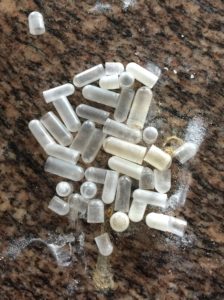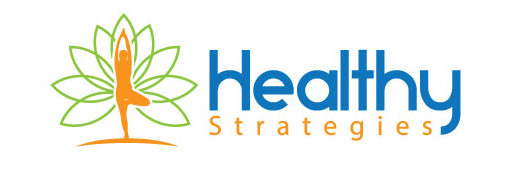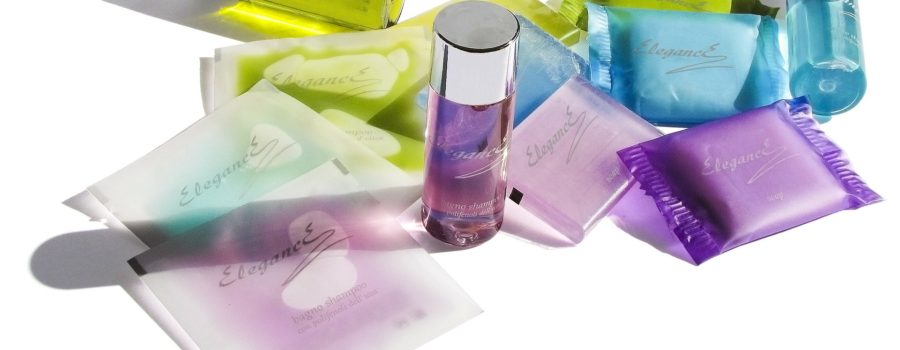Products You Trust Can Change Their Formulas
One of the things I do is to check the ingredients (on the back label), of the products I buy. I don’t get tricked anymore by the front label—usually boasting in details that mean certain qualities. Once I find something I like, I rely on the manufacturer to keep up the good work.
I used to buy one of the two brands of hand sanitizer wipes, EO and CleanWell. Months before the pandemic I bought a new pack of CleanWell and after using them twice (a week apart), I realized that each time my hands and wrists really swelled and hurt. Without much suspicion I looked at the ingredients, and to my unpleasant surprise I saw polysorbate 20 on it.
This category of substances is something I looked out for ever since I learned they were affecting my joints. I wasn’t too happy with hydroxypropyl sulfonate in their original formula to begin with, but EO wasn’t always available. Could I have missed polysorbate on the previous purchases?
Luckily, my husband had an old package in his car (bought back in 2017) and I eagerly looked at those ingredients: polysorbate wasn’t there! I didn’t miss it on the previous labels, they changed the “recipe.” I stick to EO wipes which hasn’t changes its formula; moreover, their deodorant it’s also working great.
Other changes I noticed was when I needed to buy again the tinted sunscreen with SPF I used on my face. This not only changed its formula, but the brand too—Marie Veronique Organics became just Marie Veronique. The everyday coverage product has now one component I totally avoid, potassium polysorbate. This should not be confused with potassium sorbate, that has a very different structure although the names sound very similar!
I have to admit this is very tricky because polysorbate is obtained using the carcinogenic ethylene oxide, while sorbate is a derivative of totally different compound—sorbic acid. I also have to add that calcium sorbate is currently banned as food additives in the EU, while potassium sorbate is much restricted, mostly allowed in egg coloring kits.
Another new ingredient in my tinted sunscreen/makeup I didn’t know that much about was polyaminopropyl biguanide that can be also listed as polyhexamethylene biguanide (PHMB). When I researched about it, I realized it wasn’t safe either. The Scientific Committee on Consumer Safety (SCCS) has concluded that PHMB was not safe when used as a preservative in a concentration higher than 0.3 percent in cosmetic products. In the E.U., PHMB was banned in personal-care products after being labeled a Category 2 Carcinogenic Agent in 2015.
An additional example is Morrocco Method brand that introduced phenylpropanol among the listed ingredients in some if their products (a few shampoos and Feng Shea face scrub, for instance). Phenylpropanol wasn’t there when I have first bought them (I still have an old, empty bottle at home). Moreover, this ingredient doesn’t appear on their website now, as I wanted to buy it again.
This is my favorite brand of hair and facial products, thus I called them to verify this discrepancy. It turns out that all their bottles have to include it because of some international requirements, but it’s not actually used in the U.S. Even better, they obtain it from plants, and I verified it’s possible. Their website is actually the reliable source for the most current ingredients used.
One more example has to do with supplements, namely the capsules of activated charcoal. 
The brand I originally chose was using gelatin capsules and I had no weird symptoms with them. With my next bottle, I was achy over and over each time I took them.
Looking at the label I noticed the gelatin capsules were replaced with vegetable capsules. This usually means the semisynthetic hypromellose, a different form of plastic if we look closer to how it’s made.
Lately, more manufacturers using truly vegetable capsules, specify pullulan or gellan, either as such or in parenthesis. For instance, their labels read vegetable capsule (pullulan) and the product may be a bit more expensive than the ones enclosed in hypromellose made capsules.
With all these discoveries I understood that each time I buy even something I used in the past, I have to recheck the ingredients listed. This is more important when a longer time has elapsed between the purchases.
The other conclusion I got was to have an alternative, in other words more than one brand for each type of the products we like to use. Even if not changing ingredients, keep in mind that companies producing healthier items do so in small batches and some particular brand may not be available when you need it.




